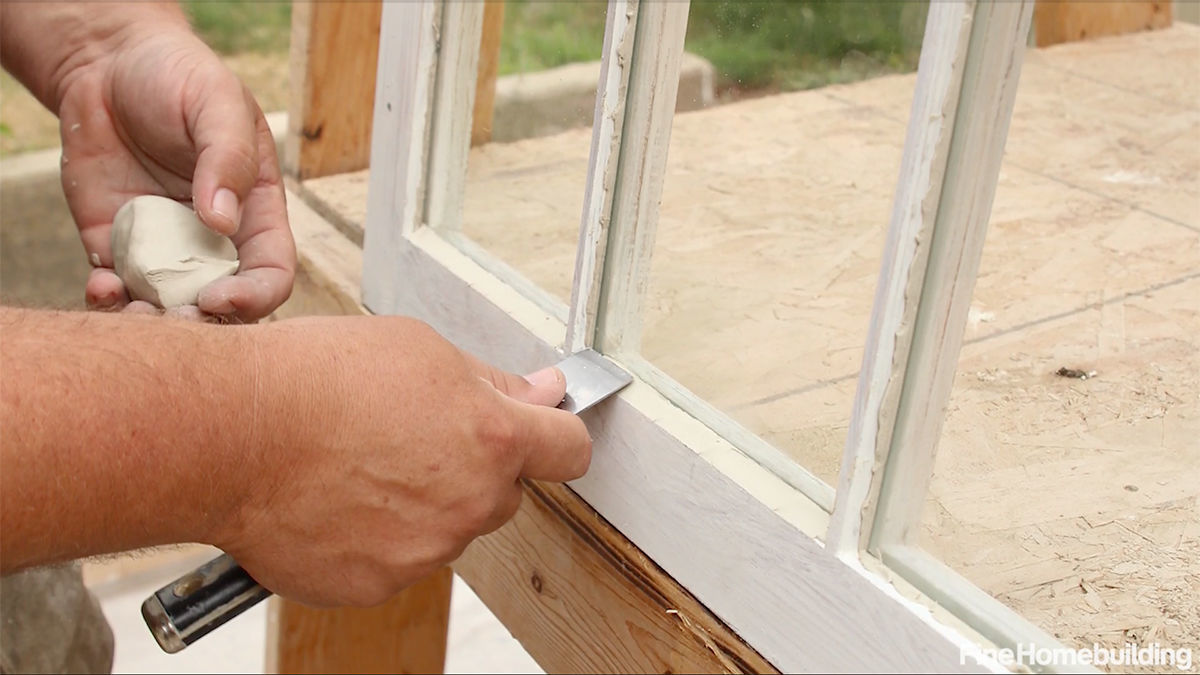Pay Attention: Watch Out For How Glazing Is Taking Over And What We Can Do About It
Understanding Glazing: Techniques, Benefits, and FAQs
Glazing is a necessary element of both art and architecture that boosts the visual appeal and functionality of different surfaces. Mainly connected with pottery, ceramics, and structure materials, glazing has actually progressed into a multifaceted field that includes various methods and applications. This short article intends to provide an exhaustive overview of glazing, covering its common techniques, benefits, and answering often asked questions.

What is Glazing?
Glazing refers to the application of a transparent or semi-transparent coating to a surface. This procedure serves both decorative and protective purposes. In the context of ceramics, glazing involves applying a glass-like finishing to pottery that not only boosts its visual appeal with colors and textures but also makes it impermeable, hence enhancing its toughness.
In architectural contexts, glazing refers to the installation of glass in windows, doors, roofings, and façades. The glazing procedure for structures not just serves visual functions however likewise plays a considerable role in energy efficiency and insulation.
Common Techniques of Glazing
There are various glazing techniques, each suited for various applications. Below are some extensively used methods:
1. Ceramic Glazing Techniques
-
Clear Glaze: A transparent coat that enhances the natural color and texture of the clay body. It uses a glossy surface.
-
Opaque Glaze: A non-transparent coat that can hide the underlying clay body. It is usually dynamic and colorful.
-
Under-glaze: Color or style is applied to the pottery before the clear glaze is added, permitting detailed decoration that does not distort under the glaze.
-
Over-glaze: Decoration applied on top of a glazed surface area, normally needing additional shooting to set the design.
2. Architectural Glazing Techniques
-
Single Glazing: A single layer of glass in a frame, typically used in older structures. It is less energy-efficient but can be affordable.
-
Double Glazing: Consists of 2 layers of glass with a layer of air or gas in between for insulation. It is highly energy-efficient and decreases noise.
-
Triple Glazing: Like double glazing however with three layers of glass, offering superior insulation in extreme climates.
-
Low-E Glass: Glass treated with an unique covering to reflect infrared light, keeping homes warmer in winter season and cooler in summer season.
Advantages of Glazing
Glazing offers a number of advantages that improve both creative and useful elements of different applications. Below is a detailed introduction of these advantages:
A. In Ceramics and Pottery
-
Visual Appeal: Glazes can introduce a vast array of colors, patterns, and ends up that improve the visual appeal of ceramic products.
-
Resilience: The glassy surface produced by glazing makes pottery more resistant to chipping, scratching, and staining.
-
Water Resistance: Glazed ceramics are resistant to liquids, making them suitable for functional products like tableware and restroom components.
-
Food Safety: Many glazes are developed to be safe for food usage, providing a sanitary surface for dining.
B. In Architecture
-
Energy Efficiency: Glazing technologies such as double or triple glazing substantially enhance insulation, lowering energy costs for cooling and Best Glazier Near Me (Www.Applynewjobz.Com) heating.
-
Natural Lighting: Extensive glazing in architectural style welcomes more natural light into buildings, improving interiors and reducing reliance on artificial lighting.
-
Sound Insulation: Quality glazing can assist buffer noise, developing a quieter indoor atmosphere.
-
Security: Modern glazing techniques can include safety features, such as laminated or tempered glass, which offers increased security versus intrusions and accidents.
Contrast of Glazing Techniques
| Technique Type | Key Characteristics | Common Use Cases | Energy Efficiency |
|---|---|---|---|
| Clear Glaze | Transparent, glossy finish | Ornamental pottery | Low |
| Opaque Glaze | Non-transparent, vibrant colors | Practical ceramics | Low |
| Double Glazing | Two layers of glass | Windows in residential | High |
| Low-E Glass | Reflective finishing for solar control | Commercial buildings | Really High |
FAQs about Glazing
1. Is all glazing food-safe?
Not all glazing is food-safe. It is vital to make sure that ceramics intended for dining bear labeling for food safety and are created appropriately.
2. What is the distinction in between under-glaze and over-glaze?
Under-glaze is applied before the clear glaze and becomes a long-term part of the surface area after firing. Over-glaze is included after the preliminary glaze and frequently requires a second shooting.
3. The length of time does glazing last?
In pottery, glazing can last forever if it is appropriately cared for. In architecture, the life-span of glazing depends upon the materials used and the ecological conditions however can usually range from 10 to 30 years.
4. Can I glaze my ceramics in the house?
Yes, a number of home glazing packages are offered for ceramics lovers. Nevertheless, discovering the correct strategies and safety measures is essential to effective glazing.
5. How can I maintain glazed surface areas?
For ceramics, prevent severe abrasives and chemicals– moderate soap and water generally suffice. For architectural glazing, regular cleansing with suitable glass cleaners is suggested.
Glazing remains an important element of both the creative and architectural worlds. Whether enhancing the appeal of a ceramic piece or enhancing energy effectiveness in structures, the application strategies and benefits of glazing are huge. By understanding the various methods and their usages, people can make educated choices in both creating art and developing functional spaces. As technology continues to advance, the future of glazing holds a lot more potential for development and imagination.


